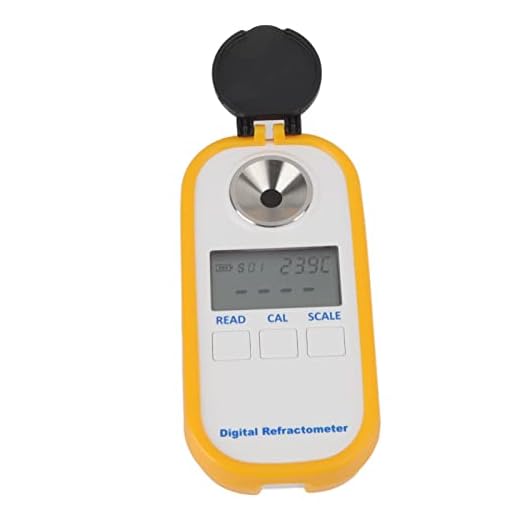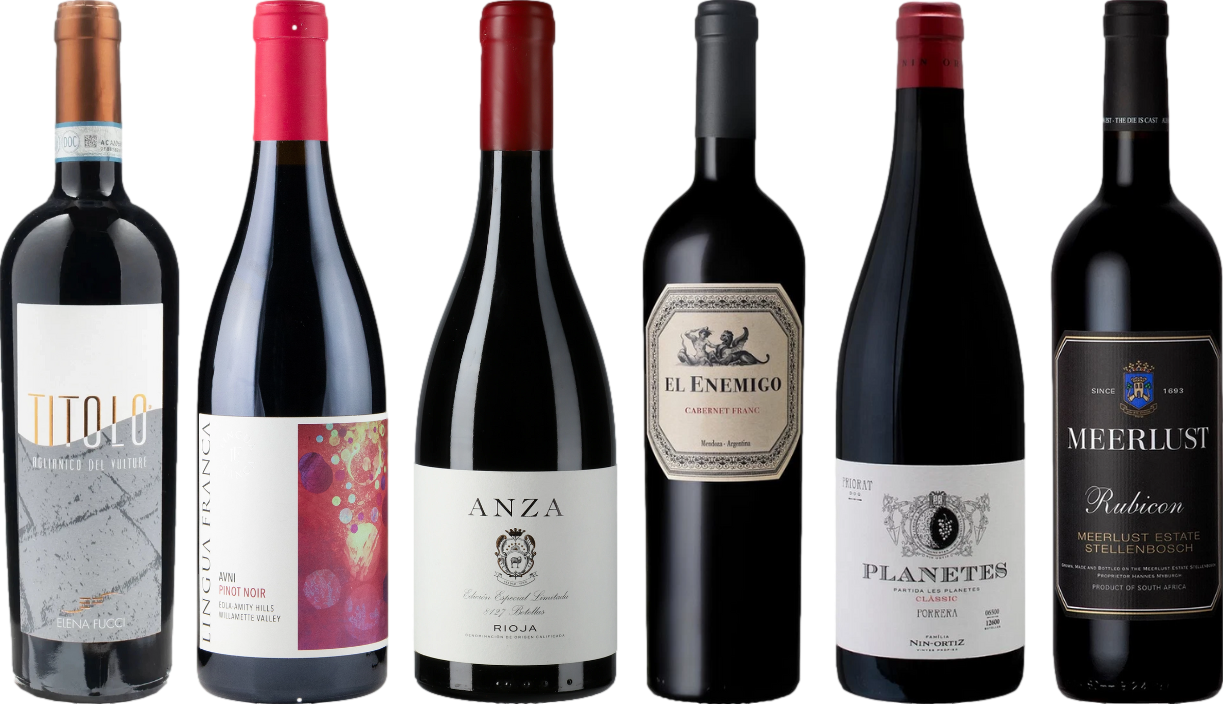



One glass of this dark beverage can elevate your mood significantly, thanks to its alcohol content, typically ranging from 12% to 15%. The key factor lies in the amount consumed and your body’s reaction to it. For most individuals, moderate consumption–defined as one to two servings–may lead to a pleasant buzz without crossing into overindulgence.
Understanding how your body metabolizes ethanol is crucial. Factors such as body weight, age, and overall health influence your tolerance. For example, a lighter individual may feel the effects more rapidly than someone with a higher mass. Additionally, accompanying food intake can slow the absorption of alcohol, allowing for a more tempered experience.
When selecting a bottle, pay attention to both the alcohol by volume (ABV) and the serving size. Opting for a generous pour could quickly escalate your level of inebriation. A standard serving size is five ounces, which contains roughly 0.6 ounces of pure alcohol. Keep this in mind when enjoying your favorite varietal, as it can make all the difference in your evening.
Ultimately, moderation is key. Savoring the flavors and aromas of this complex beverage while being aware of its effects can lead to a more enjoyable experience. Remember, the goal is to appreciate the nuances without overstepping the boundaries of responsible consumption.
Alcohol Effects of This Type of Beverage
This particular type of beverage contains alcohol, which can influence your mental and physical state. Its alcohol by volume (ABV) typically ranges from 12% to 15%, although some varieties may exceed this. The impact on an individual largely depends on various factors, including body weight, metabolism, and consumption rate.
Factors Influencing Alcohol Absorption
- Body Weight: Heavier individuals may tolerate higher amounts without feeling the effects as quickly.
- Metabolism: A faster metabolic rate can lead to quicker processing of alcohol.
- Food Intake: Consuming food alongside this drink can slow down absorption, mitigating its effects.
- Rate of Consumption: Sipping slowly allows the body more time to metabolize, whereas rapid consumption can lead to increased intoxication.
Recommended Consumption
For those who enjoy this beverage, moderation is key. A standard serving is typically 5 ounces, which provides a balanced experience without overwhelming effects. Monitoring your intake and being mindful of the above factors can help you enjoy responsibly.
Recognizing your limits and understanding how this beverage interacts with your body can enhance your overall enjoyment while maintaining a safe experience. Always prioritize responsible consumption to fully appreciate the nuances of the flavors and aromas.
Understanding Alcohol Content in Red Wine
The alcohol by volume (ABV) in a glass of this beverage typically ranges from 12% to 15%, although some varieties can exceed 16%. A higher ABV indicates a stronger effect on the body, influencing how quickly one might feel inebriated.
For example, a bottle labeled with 14% ABV means that 14% of the total volume is pure alcohol. When enjoying a standard serving of approximately 5 ounces, this equates to about 0.6 ounces of alcohol per glass. This is a significant amount, especially considering the body’s metabolization rate of approximately one standard drink per hour.
It’s crucial to consider personal tolerance levels, as various factors such as body weight, metabolism, and food intake play a significant role in how alcohol affects individuals. Consuming this liquid on an empty stomach can lead to quicker absorption and heightened effects.
When pairing with food, aim for dishes that complement the flavor profile, which may also slow down the absorption rate. Rich meals, for instance, can create a buffer, allowing for a more gradual experience.
Be mindful of the serving sizes. Oversizing portions can lead to unintended consequences, even if the experience seems pleasant initially. Monitoring intake is key to enjoying responsibly and savoring the complexities of each bottle.
Factors Influencing Intoxication from Red Wine
Multiple elements play a role in how an individual experiences the effects of fermented grape beverages. First, consider the alcohol concentration; higher levels lead to a more pronounced impact. Next, the rate of consumption matters significantly. Sipping slowly allows the body to metabolize alcohol more effectively, while quick consumption can overwhelm the system.
Personal characteristics also influence the experience. Body weight and composition can determine how alcohol is processed. Generally, lighter individuals may feel the effects sooner than those with greater mass. Additionally, hydration levels affect intoxication; being well-hydrated can mitigate some effects, while dehydration exacerbates them.
Food intake is another critical factor. Consuming a meal prior can slow alcohol absorption, resulting in a more moderate experience. Conversely, drinking on an empty stomach can lead to quicker and more intense effects.
Genetics also plays a role; some individuals possess enzymes that metabolize alcohol more efficiently, allowing them to handle larger quantities without feeling as affected. Moreover, tolerance levels vary widely due to previous drinking habits, affecting how one reacts to a given amount.
Lastly, the setting in which consumption occurs can alter perceptions and effects. A relaxed environment may lead to a more enjoyable experience, while stress or social pressure could intensify feelings of intoxication. Understanding these factors can help individuals make informed decisions about consumption and enjoy their experiences responsibly.
How Serving Size Affects Your Blood Alcohol Level
Serving size significantly influences your blood alcohol concentration (BAC). A standard pour of 5 ounces typically contains about 12-15% alcohol by volume. Consuming larger portions directly increases the intake of alcohol, leading to a higher BAC more quickly than smaller servings.
For example, a 10-ounce serving doubles the alcohol consumed compared to a standard pour, potentially elevating your BAC to levels that may induce intoxication faster. Understanding this correlation helps in making informed choices regarding personal limits and pacing during social occasions.
Additionally, the rate of consumption plays a crucial role. Sipping slowly allows the body time to metabolize alcohol, while consuming larger amounts in a short period overwhelms the liver’s capacity to process it, resulting in quicker intoxication.
Remember, individual factors such as weight, gender, and overall health also affect how alcohol impacts your system. It’s essential to monitor serving sizes and adjust consumption based on personal tolerance levels to maintain a safe and enjoyable experience.
Comparing Red Wine with Other Alcoholic Beverages
In terms of alcohol content, this beverage typically falls between light beers and spirits. With an average alcohol by volume (ABV) ranging from 12% to 15%, it provides a different experience compared to cocktails, which often contain higher percentages due to the mix of liquors involved.
When analyzing the effects of consumption, it’s essential to consider how different drinks impact the body. For instance, spirits can lead to quicker intoxication due to their concentrated nature. A standard serving of hard liquor is usually around 1.5 ounces, which can equate to two to three servings of this beverage. This means that while enjoying a glass, it’s easier to pace oneself compared to shots of whiskey or vodka.
Another factor to examine is the presence of congeners–byproducts of fermentation that can influence hangover severity and overall experience. Darker spirits and some beers often contain more congeners than this drink, which is primarily produced from grapes. As a result, individuals may find that this beverage, when consumed in moderation, leads to milder aftereffects.
In terms of social settings, the context in which beverages are consumed can also play a role. This drink is often associated with meals, enhancing the flavors of food, which may lead to a more relaxed consumption pace. In contrast, cocktails are frequently sipped in social gatherings where rapid consumption might occur, increasing the likelihood of quicker intoxication.
Ultimately, while this beverage can contribute to feelings of euphoria, understanding its effects in relation to other drinks can help manage consumption and enhance enjoyment during social interactions.
The Role of Food in Red Wine Consumption
To enhance the experience of enjoying a glass of wine, pairing it with the right cuisine is paramount. Food can significantly influence how alcohol affects the body, including absorption rates and overall enjoyment.
Key Pairing Strategies
- Fatty Foods: Dishes rich in fat, such as cheese, red meats, and oily fish, can slow down alcohol absorption, allowing for a more gradual effect.
- Acidic Dishes: Foods with high acidity, like tomatoes or citrus, can complement the fruitiness of certain wines and mitigate the sharpness of alcohol.
- Spicy Cuisine: Spices can alter the perception of sweetness and bitterness in wines, creating a harmonious balance that enhances flavors.
Impact on Intoxication
When consuming wine alongside meals, the presence of food in the stomach can lead to a slower rise in blood alcohol concentration (BAC). This delay allows for a more enjoyable experience without rushing the effects. It’s advisable to have a meal before or while sipping to maintain balance and avoid overwhelming sensations.
For those curious about household tips, like can you safely use bleach on coloured clothes expert advice, remember that similar principles apply to food and drink pairings. Just as careful consideration is needed in one area, the same thoughtfulness can elevate your dining experience with wine.
Signs of Intoxication After Drinking Red Wine
Recognizing the signs of impairment is crucial for responsible consumption. Typical indicators include slurred speech, impaired coordination, and altered judgment. Monitoring these symptoms can help you manage your intake effectively.
Physical reactions may vary, but common manifestations include flushed skin and increased heart rate. You might also experience dizziness or lightheadedness, which signals that your body is reacting to the alcohol content.
Behavioral changes are often noticeable. Feelings of euphoria or increased sociability can occur, but be wary; these can quickly shift to mood swings or irritability. If you find yourself becoming overly emotional or aggressive, it’s a strong hint to stop drinking.
Understanding your limits is key. Factors such as body weight, hydration levels, and individual tolerance play significant roles in how one experiences effects. If you notice these signs, consider pausing or switching to non-alcoholic beverages.
| Sign | Description |
|---|---|
| Slurred Speech | Difficulty articulating words clearly. |
| Impaired Coordination | Struggling with balance and movement. |
| Flushed Skin | Redness, especially on the face and neck. |
| Dizziness | Feeling lightheaded or off-balance. |
| Emotional Changes | Shifts in mood, such as increased happiness or irritability. |
If you observe these signs in yourself or others, it’s wise to exercise caution. Awareness and moderation are essential for enjoyable experiences centered around fermented grapes.
Safe Drinking Guidelines for Wine Enthusiasts
Limit intake to one glass for women and two glasses for men within a two-hour period. Each glass should contain approximately five ounces. This helps maintain a moderate level of intoxication.
Stay hydrated by drinking water alongside every glass consumed. Aim for one glass of water for every glass of wine. This practice helps mitigate dehydration and reduces the effects of alcohol.
Choose wines with lower alcohol content. Opt for varieties that typically have around 12-13% ABV instead of stronger options. This allows for a more controlled experience while savoring flavors.
Always consume meals while enjoying a glass. Pairing food with beverages slows down absorption and enhances the overall experience. Choose hearty dishes that complement the flavors of the beverage.
Be mindful of personal tolerance levels. Everyone’s body reacts differently to alcohol. Monitor your own response and adjust consumption accordingly to avoid unwanted effects.
Designate a sober driver or arrange for alternative transportation if planning to consume. Prioritize safety by ensuring a responsible way to get home after a gathering.
Keep track of how much is consumed throughout the evening. Use a wine glass marker or simply note the number of glasses poured. Awareness is key in managing intake effectively.
Engage in social settings thoughtfully. Consider participating in tastings or smaller gatherings. This allows for enjoyment without excessive consumption, fostering appreciation for the beverage.











